Sputnik
Artificial Limbs

NASA led the pack in robotics, being able to control space vehicles remotely. Over the years, this technology has been successfully adapted to create functionally dynamic artificial limbs. Another NASA invention, memory foam, helps mold coverings for the limbs that have the natural look and feel of skin.
First Animal to Orbit Earth
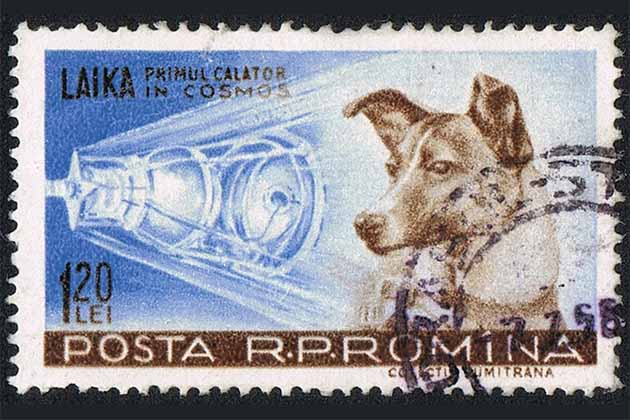
You might have heard of the tragic tale of Laika the dog. Often thought of as the first animal in space (which was actually a rhesus monkey in 1948), Laika was actually the first animal to orbit Earth. On November 3, 1957, Laika boarded Sputnik 2 and was launched into space. Laika sadly died from overheating not long after entering orbit.
The Dark Side of the Moon

The dark side of the moon was one of the great fascinations of the time. The Soviet Luna 3 program in October 1959 provided previously unseen views of the dark side of the moon. Mountainous terrain and low valleys were captured in 29 images taken over a period of 40-minutes. The pictures showed that the far side of the Moon was significantly different than that of the side facing Earth.
First Human in Space
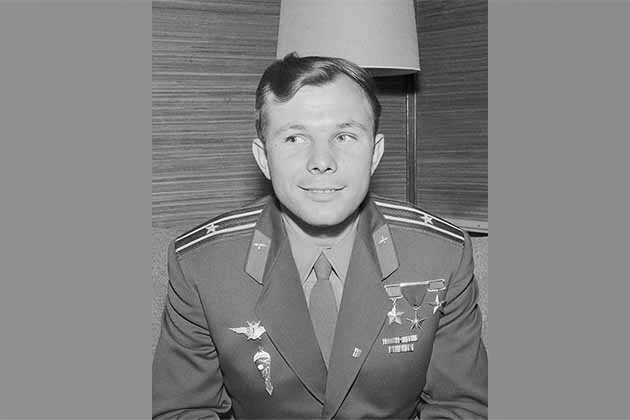
On April 12, 1961, all eyes were drawn to the Soviet Union when cosmonaut Yuri Gagarin launched into space in the Vostok 1 capsule. Gagarin orbited Earth once during a 108-minute flight before landing safely in a Russian field. The Soviet Union stunned the world, the United States most of all.
First American in Space

The United States is not to be outdone in anything. Less than a month after the USSR cosmonaut Yuri Gagarin became the first person in space, the U.S. countered with a manned mission of its own. May 5, 1961, astronaut Alan Shepard launched aboard Freedom 7 and became the second human in space. Shepard's suborbital flight lasted only 15 minutes before he touched down in the Atlantic Ocean, just 302 miles from the Florida launch site.
Satellite TV
Reusable Spaceships

NASA created humanity's first reusable spacecraft, Columbia, in 1981. The Columbia serviced until 2003, where it performed missions that included servicing the Hubble Space Telescope and deploying the Chandra X-Ray Observatory. Over the next 30 years, Columbia and the four following reusable spacecraft launched on a total of 133 missions (two of which ended in tragedy, the shuttles and the crews were both lost).
First Spacewalk
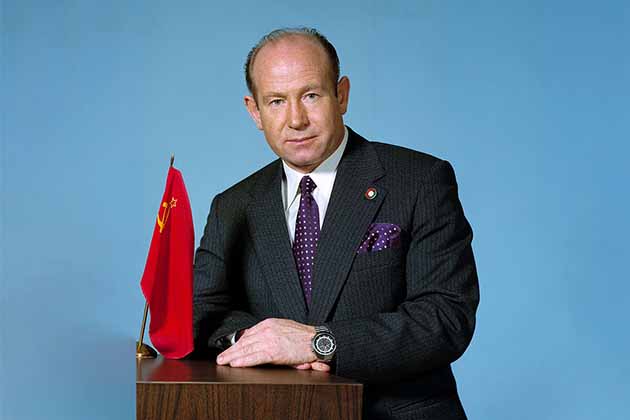
On March 18, 1965, Alexey Leonov went down in world history for a feat of bravery unlike any other. Leonov became the first man to step outside of a spacecraft and embark on the first spacewalk that lasted 12 minutes.
Scratch-Resistant Lenses
Insulin Pumps
Firefighting Equipment

Spacesuits are made up of unique materials, and some of those materials have been invaluable in creating flame-retardant, heat-resistant suits for firefighters. More recent firefighter suits have also sported a circulating coolant to help keep them from succumbing to the heat and advanced breathing systems that have been modeled after astronaut life support systems.
Men on the Moon
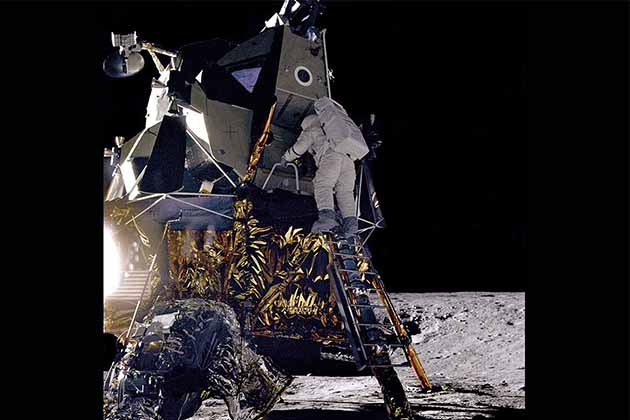
This is it, the infamous Apollo 11 mission. This is the mission that the U.S. and the Soviets were fighting to achieve. July 20, 1969, is a day that will forever mark history as the day men first stepped foot on the moon. Neil Armstrong's boot hit the lunar ground, and he uttered one of the most famous lines in history "That's one small step for a man — one giant leap for mankind."
LASIK Surgery

The technology essential for LASIK surgery was developed originally to track astronauts' eyes during periods in space. This tracking was initially used to assess how humans' frames of reference are affected by the weightlessness of space, and now, surgeons use it to track their patient's eyes in LASIK.
The First Space Station

A decade after humans first arrived in outer space, they finally figured out a way to stay up there. On April 19, 1971, the Soviet Union launched the Salyut 1, the world's first space station. Salyut 1 was about 66 feet long and 13 feet across at its widest point. The crew of the Soyuz 11 spacecraft was the first to arrive on the craft on June 7, 1971. The Soyuz 11 crew stayed onboard until June 29, completing 362 orbits around Earth before going back home.
Solar Cells

Created from a desperate need to power space missions, NASA invented and has continually improved photovoltaic cells. NASA shared the cells with other companies to help them accelerate the technology.
First Spacecraft to Mars
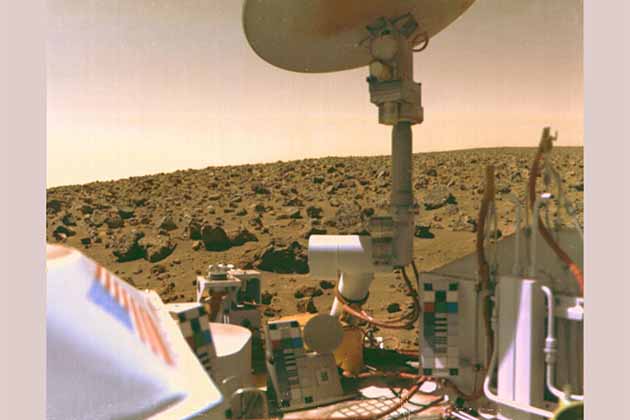
On August 20, 1975, NASA launched the first spacecraft to Mars: Viking 1. Viking 1 was followed by Viking 2 in September 1975, and the pair became the first U.S. mission to land safely on Mars and return images of the red planet's surface.
Hubble Space Telescope

In April of 1990, NASA deployed the Hubble Space Telescope. Since its launch, the Hubble has traveled more than four billion miles and made more than 1.3 million observations of our universe.
Camera Phones
CAT Scans
First Permanently Manned Space Station
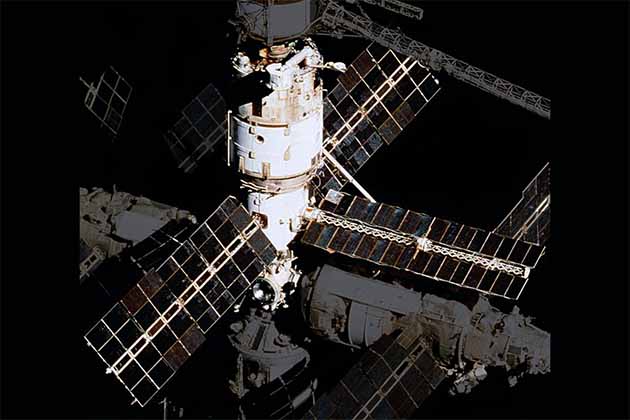
Following the success of the Soviet Salyut, a replacement space station was undertaken. Plans for the Mir space station began in 1976, and it launched a decade later in February 1986. From 1989 to 1999, Mir was permanently occupied by crews from across the globe.
The International Space Station
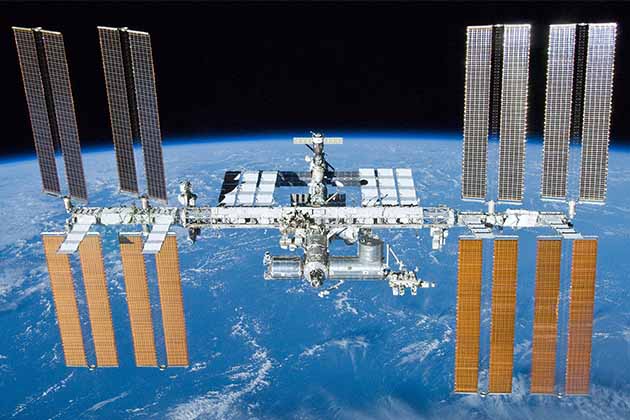
In November 1993, the United States, Russia, Japan, and the European Space Agency announced that they would work together to create the International Space Station. A total of 15 nations participated in the construction of the ISS, which took 13 years to complete.
Space Tourism
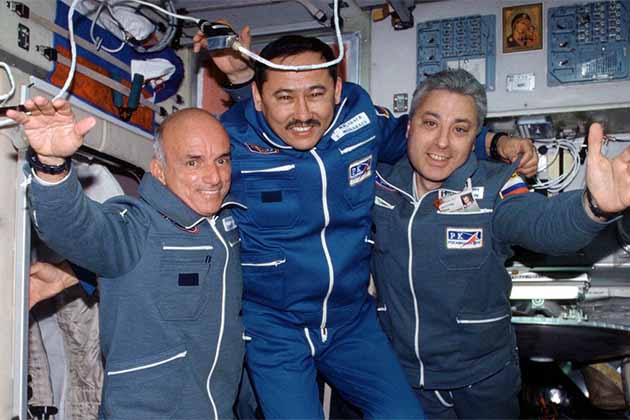
In April 2001, Dennis Tito became the first space tourist, paying as much as $20 million to fly to the International Space Station and back. Tito stayed on the orbiting lab for almost 8 days, and since then, seven more tourists have visited the ISS (some of them paying up to $35 million).
3D Food Printing
Air Purifiers

In the sealed environment of a spacecraft, growing plants has led to ethylene buildup (which speeds up decay and other pathogens). In order to combat this, NASA invented an air purifier for the International Space Station. That technology has now taken up residence all across the globe in restaurants, hospitals, and refrigerators to remove ethylene.
Water Filtration
Building Shock Absorbers
Portable Computers

Most people today probably wouldn't be able to imagine life without a laptop (especially younger generations). They've become too integral in everyday life for most people across the globe. The first portable computer, the Grid Compass, was used on several shuttle missions in the '80s to communicate with onboard devices and launch satellites of the shuttles. Our standard laptops today can't really do that, but it's cool to know that that's where they started.
Apollo 8 Circled the Moon

Launched on December 21, 1968, humans traveled farther from their home than ever before. The Apollo 8 craft and its three crewmembers made one and a half orbits of Earth, then set off for a trip around the moon and back. The Apollo 8 arrived in lunar orbit on December 24, and they took the iconic 'Earthrise' shot, with Earth hanging in the black background of space with the desolate lunar surface in the foreground.
First Woman in Space
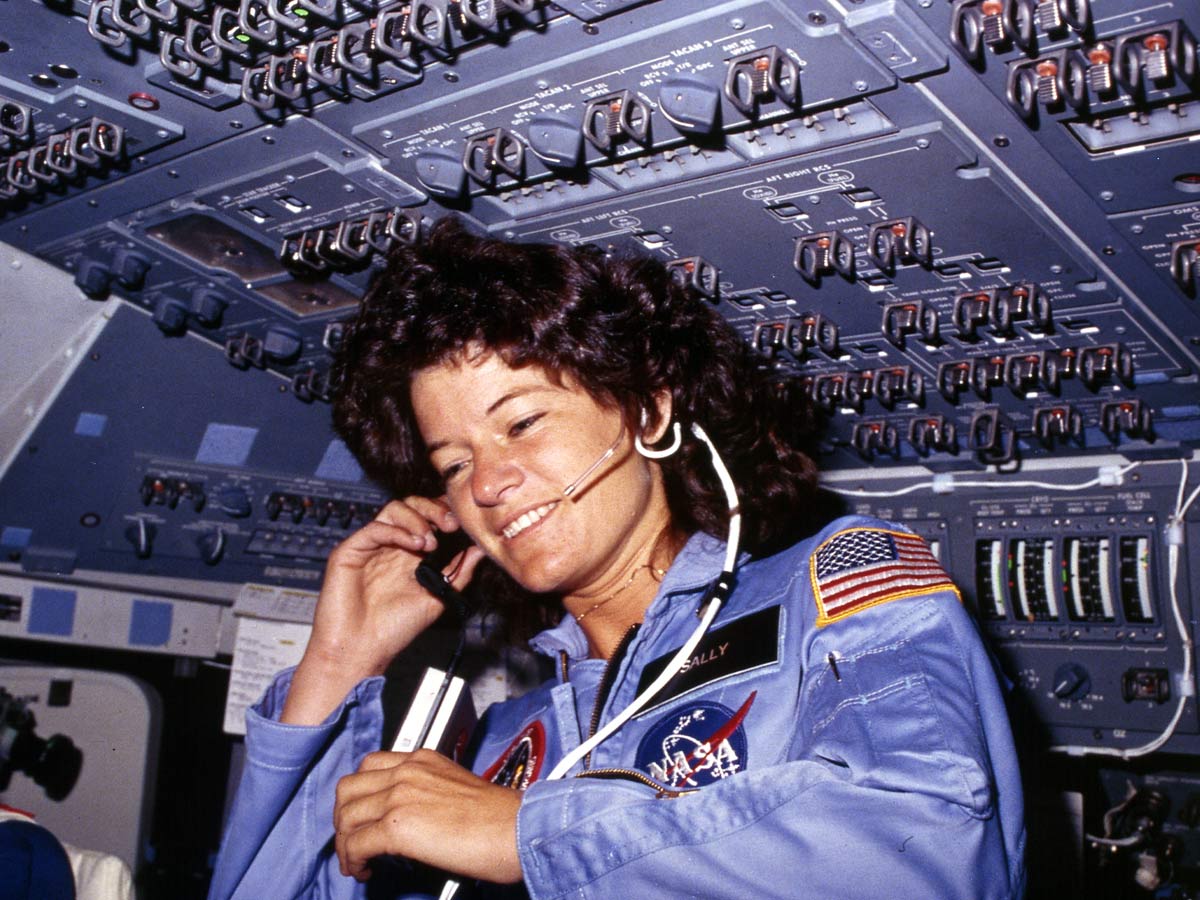
Space travel was originally an exclusively male endeavor, as most things were at the time. The USSR, however, surprised everyone. On June 16, 1963, 26-year-old Valentina Tereshkova piloted the Vostok 6, completing 48 orbits of Earth. The first American woman didn't reach space until two decades later when Sally Ride boarded the space shuttle Challenger in 1983.
 Author
Ron Winkler
Last Updated: April 29, 2025
Author
Ron Winkler
Last Updated: April 29, 2025








